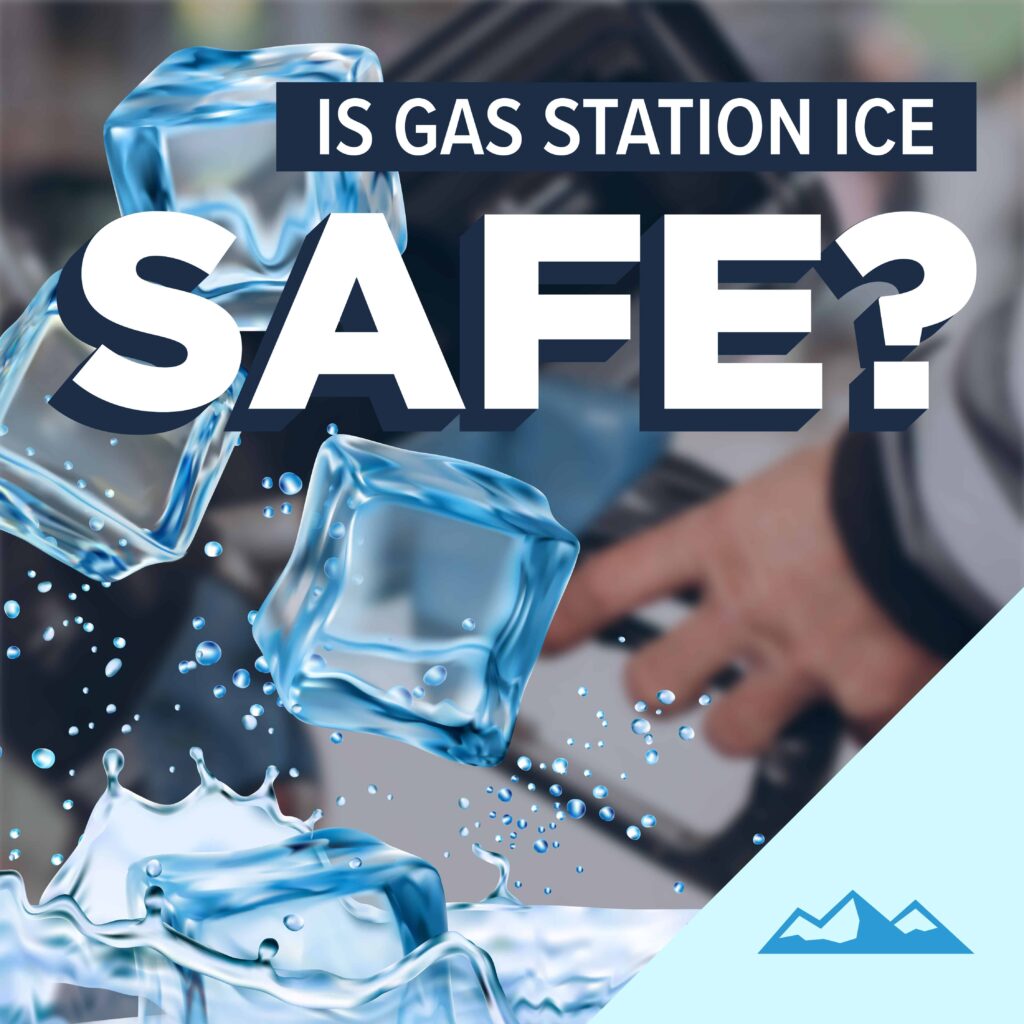
Staying hydrated is crucial for our health and well-being, and ice in drinks can be a refreshing way to cool down. However, when it comes to gas station ice, safety concerns often arise. While some stations may prioritize cleanliness and use purified water for their ice, others might not adhere to the same standards, potentially exposing consumers to contaminants. This article delves into the potential risks associated with gas station ice and provides practical tips for ensuring safe hydration practices.
This article will explore the safety concerns surrounding gas station ice, examine the differences between purified and untreated water used in ice production, and offer recommendations for minimizing risks and prioritizing your health. We’ll also discuss the benefits of bringing your own reusable water bottle and filling it with safe water sources.
Gas Station Ice Safety
The safety of gas station ice is a topic of debate, as there are no universal regulations governing its production or handling. While some gas stations may take steps to ensure their ice is safe for consumption, others might not prioritize hygiene and sanitation practices. This variability raises concerns about potential contamination from various sources.
One major concern is the possibility of cross-contamination during the ice-making process. If equipment used to produce ice is not properly cleaned and sanitized between batches, harmful bacteria or other contaminants can linger and end up in the ice cubes. Additionally, if the water source used for making ice is not treated or filtered adequately, it could contain impurities like chlorine, sediment, or even microorganisms that pose health risks.
Furthermore, the storage conditions of gas station ice can also impact its safety. If ice is stored in a poorly maintained freezer or exposed to warm temperatures for extended periods, it can become a breeding ground for bacteria and other pathogens.
Potential Contamination Risks

Consuming gas station ice contaminated with harmful bacteria or other microorganisms can lead to various health issues. Common illnesses associated with contaminated ice include gastrointestinal infections like diarrhea, vomiting, nausea, and stomach cramps. In severe cases, these infections can lead to dehydration, fever, and even hospitalization.
Beyond bacterial contamination, gas station ice may also contain chemical contaminants from the surrounding environment or improper cleaning practices. These chemicals can pose health risks depending on their type and concentration. For example, exposure to heavy metals like lead or mercury through contaminated ice can have long-term consequences for your health.
It’s important to note that not all gas stations are created equal when it comes to ice safety. Some establishments may prioritize hygiene and use purified water sources, while others might cut corners on sanitation practices.
Purified Water vs. Untreated Water
One key factor influencing the safety of gas station ice is the type of water used in its production. Stations that utilize purified water for making ice significantly reduce the risk of contamination. Purification processes typically involve filtering and treating water to remove impurities, bacteria, and other harmful substances.
On the other hand, stations using untreated water sources for ice production pose a greater health risk. Untreated water may contain various contaminants like chlorine, sediment, microorganisms, and even industrial pollutants. These contaminants can remain in the ice cubes and potentially cause illness if consumed.
Safe Hydration Practices

Prioritizing safe hydration practices is essential for maintaining good health. While it’s tempting to grab a refreshing drink with ice from a gas station, there are safer alternatives to consider.
One of the most effective ways to ensure your hydration is safe is by bringing your own reusable water bottle and filling it with filtered or bottled water from a trusted source. This eliminates the risk of consuming contaminated ice and allows you to control the quality of your drinking water.
Bringing Your Own Reusable Bottle
Investing in a reusable water bottle is a simple yet effective way to promote safe hydration practices. These bottles are typically made from durable materials like stainless steel or BPA-free plastic, ensuring they are both safe for consumption and environmentally friendly.
When choosing a reusable water bottle, consider features like insulation to keep your drinks cold or hot for extended periods, leak-proof lids to prevent spills, and a convenient carrying loop for easy transport.
Conclusion
While the convenience of gas station ice might be tempting, it’s crucial to prioritize your health and safety by considering the potential risks involved. By understanding the potential contamination sources and adopting safe hydration practices like bringing your own reusable bottle filled with purified water, you can enjoy refreshing drinks while minimizing the chances of illness. Remember, staying hydrated is essential for well-being, and making informed choices about your drinking water is a vital part of that process.
